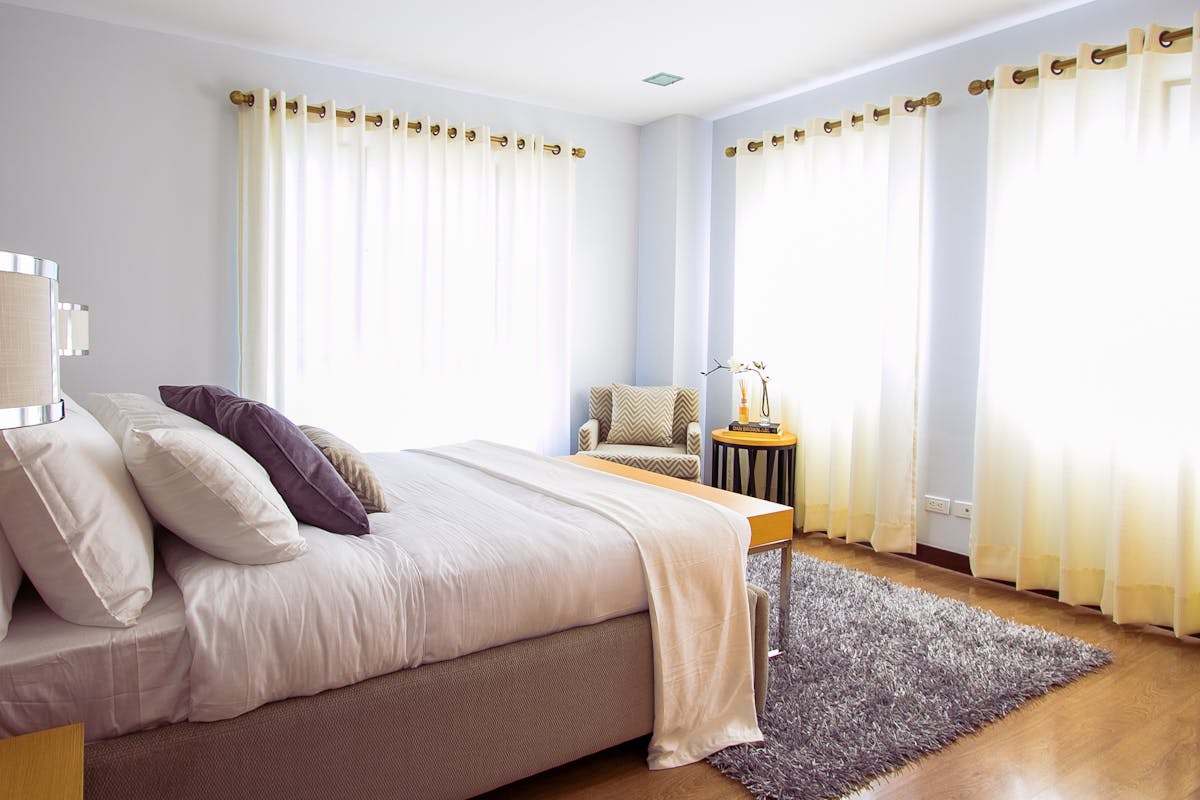
- Home lighting design is essential for creating a welcoming and functional living space.
- Understanding layering light and color temperature is critical to achieving optimal ambiance.
- Maximizing natural light through glass windows can enhance the interior ambiance and outdoor views.
- Choosing the right light fixtures that complement the style and serve a practical purpose is crucial in home lighting design.
- Intelligent lighting systems offer customization, energy-saving features, and convenience in controlling the lighting in your home.
The ambiance within a household is often compared to the warmth of a smile — an inviting glow that welcomes you home and sets the stage for life’s intimate moments. Much like a good friend, lighting in your home plays multiple roles. It can highlight your style, contribute to a functional living space, and even affect your mood. With the right design, your home can become a vibrant sanctuary filled with light that feels just right. Here, we will explore innovative ideas to lighten up your home, ensuring that every nook and cranny tells its own radiant story.
The Basics of Home Lighting Design
Understanding the fundamental principles of lighting design is critical before you bathe your home in a new light. Imagine your lighting scheme as a symphony, with different instruments (or light sources) coming together to play in harmony.
Layering Light for Depth
It’s all about layering. Begin with ambient lighting, the base note that fills the room with a soft glow. Then, add task lighting, the focused beams that aid you in specific activities, such as reading or cooking. Lastly, accent lighting takes the lead, drawing attention to features like art or architectural elements. The key is to balance these layers to create a versatile yet cohesive environment.
The Importance of Color Temperature
Believe it or not, light comes in various colors, known as color temperature. Consider the difference between a warm, inviting candlelight and harsh overhead fluorescents. To achieve optimal ambiance, use cooler temperatures for task lighting and warmer hues for ambient and accent lighting.
Maximizing Natural Light with Glass Windows
The best kind of light is the one that nature provides. Installing or upgrading glass windows can transform the interior ambiance by welcoming sunlight.
Creating Sunlit Retreats
Consider enlarging existing windows or adding new ones to rooms that could use a dose of sunshine. Floor-to-ceiling options are particularly effective in opening up spaces. For a softer light, frosted or stained glass can be a beautiful choice that allows privacy while still letting in the light. Incorporating glass doors or walls is another way to invite sunlight into your home.
Enhancing Outdoor Views
Don’t let walls confine your living experience. Opting for large glass windows or skylights can open the nature view and bring in much-needed vitamin D. Bonus points if you live near scenic landscapes like mountains, lakes, or forests! Adding sheer curtains can provide privacy while allowing natural light to filter through.
Choosing the Right Light Fixtures for Your Space
Light fixtures are the personality of your lighting plan. They should reflect your home’s style while serving a practical purpose.
Complementing Style with Functionality
Think about what kind of light each room needs. For example, a kitchen might do well with under-cabinet lights, while a living room could benefit from a combination of tall floor lamps and the gentle glow of pendants. Choose fixtures that match your space’s aesthetics, whether a modern, minimalist chandelier or a classic, ornate sconce.
Bright Lighting: Integrating Technology for Efficiency and Ambiance
Welcome to the future of lighting design. Smart lighting systems give you the power to control and customize the illumination in every room.
Customizing Your World
With a smart system, you can program your lights to adjust throughout the day, mimicking the natural cycle. Change the color of the light to set different moods, from a calming blue to an energizing white. The versatility here is limitless, allowing you to orchestrate the atmosphere at the touch of a button or a voice command.
Saving Energy and Money
Smart lighting systems also offer energy-saving features like motion sensors and timers. You can set lights to turn off when a room is unoccupied or schedule them to dim during certain times of the day. This not only saves electricity but also reduces your utility bill.
Final Thoughts

Lighting is the unsung home design hero, quietly shaping how we experience our most intimate spaces. Through careful planning and a touch of creativity, you can create a home that functions well and feels like a safe, warm, and vibrant refuge from the outside world. Whether it’s through leveraging the power of natural light or harnessing innovative technologies, the art of lighting design is in making every corner of your home shine.



